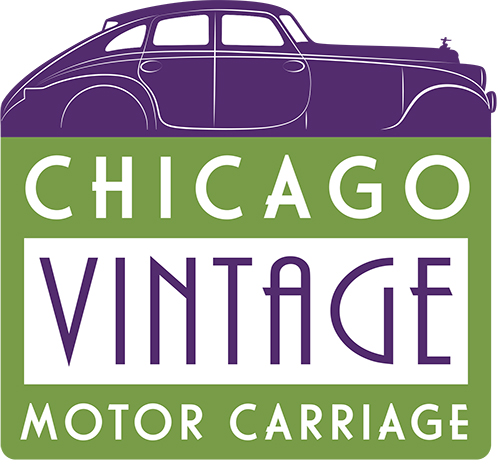1955 Ford Thunderbird Convertible
1955 Ford Thunderbird Convertible
As more Americans became two-car families in the mid-1950s, the popularity of the sports car took off. While MGs, Triumphs, and Jaguars had long been available in the U.S., the domestic sports car scene was slower to blossom. By 1955, though, that was changing, and consumer appetites for roadsters soared, as proven by the instant success of the 1955 Ford Thunderbird.
- YEAR & MAKE - 1955 Ford
- MODEL NAME - Thunderbird
- SERIES - P5
- MODEL/BODY/STYLE NUMBER - 40
- BODY TYPE - 2 Door, 2 Passenger Roadster
- BODY BY - Ford Motor Co.
- # CYLS. - V8
- TRANSMISSION TYPE & NUMBER - Ford-O-matic Automatic, RWD
- WEIGHT - 2,980 lbs
- ESTIMATED PRODUCTION - 16,155
- HP - 162
- C.I.D. - 272
- WHEELBASE - 102″
- PRICE NEW - $2,944
Ford’s response to the Chevrolet Corvette was hurried through design and production, going on sale only a year after its introduction at the 1954 Detroit Auto Show. Despite the compressed timeline, however, it was instantly clear that no corners had been cut. This was a capable car, with deft styling that immediately spoke to the buying public; the Thunderbird gathered more than 4,000 orders on its first day of sale in October 1955.
The low-slung two-seater, just over three feet high from ground to cowl, offered a combination of performance and luxury that wasn’t to be found elsewhere on the market. More traditional European sports car offerings skimped on amenities like roll-up windows and optional removable fiberglass hardtops; the Ford offered both of these. A coil spring front suspension with tube shocks and stabilizer bar, along with double-acting shock rear suspension and composite axle made for excellent handling with a comfortable, sedan-like ride. A telescoping steering wheel was standard, and buyers could opt for various power assists such as seats, doors, windows, brakes and steering to make their driving experience as luxurious as possible. For those wanting to ride in style, a power front bench seat designed to look like two buckets was available. Air conditioning and wire wheel covers were other available options that placed the Thunderbird squarely into “personal luxury” territory, even as the 150 mph speedometer and simulated air scoop hinted at power to spare.
Despite the racy styling contributed by designer Franklin Q. Hershey, the Thunderbird shared many of its key components with more prosaic members of Ford’s lineup. The 102-inch wheelbase frame was a shortened version of that used on Ford’s regular passenger cars, while the engine was shared with the Mercury division. Still, that 292-cu.in. Y-block OHV V-8, when equipped with a four-barrel carburetor and dual exhausts, turned out 193hp with the three-speed manual with optional overdrive, or 198hp with the optional Ford-O-Matic automatic transmission.
Faired-in headlamps, single taillamps, eggcrate grille and instruments were also borrowed from the full-size Ford lineup. These shared corporate elements, along with steel rather than fiberglass construction, allowed Ford to undercut competitor Corvette’s price significantly. That $600 difference, along with the fact that Ford touted the car as a personal luxury vehicle rather than a more austere, single-purpose sports car, no doubt contributed significantly to its brisk sales. Ford had originally anticipated perhaps 10,000 sales in its debut year. Instead, 16,155 Thunderbirds were produced and the Thunderbird outsold the Corvette some 23 to 1 in 1955, making it the leader of the pack for American roadsters and introducing a nameplate that would last into the 21st Century.




